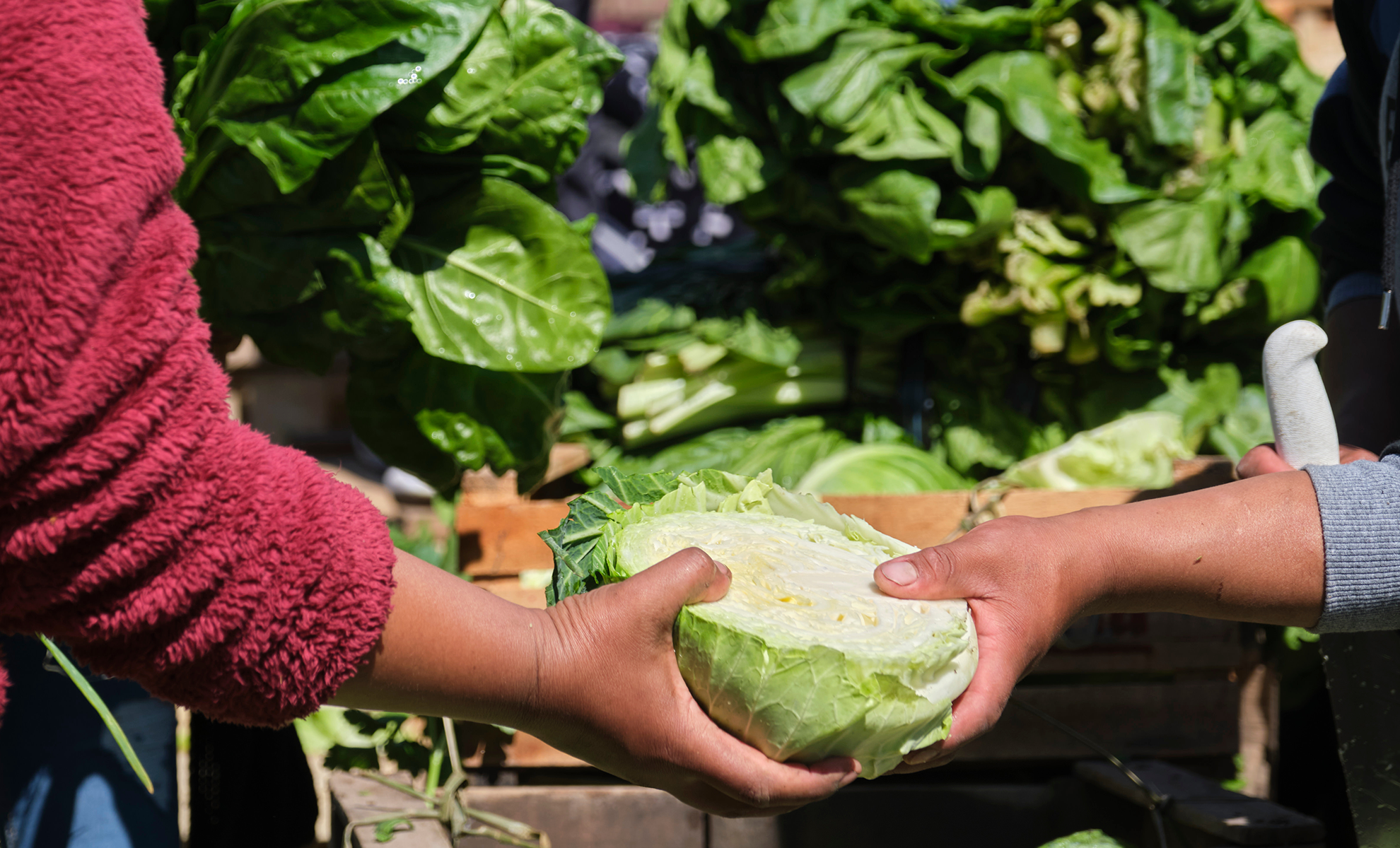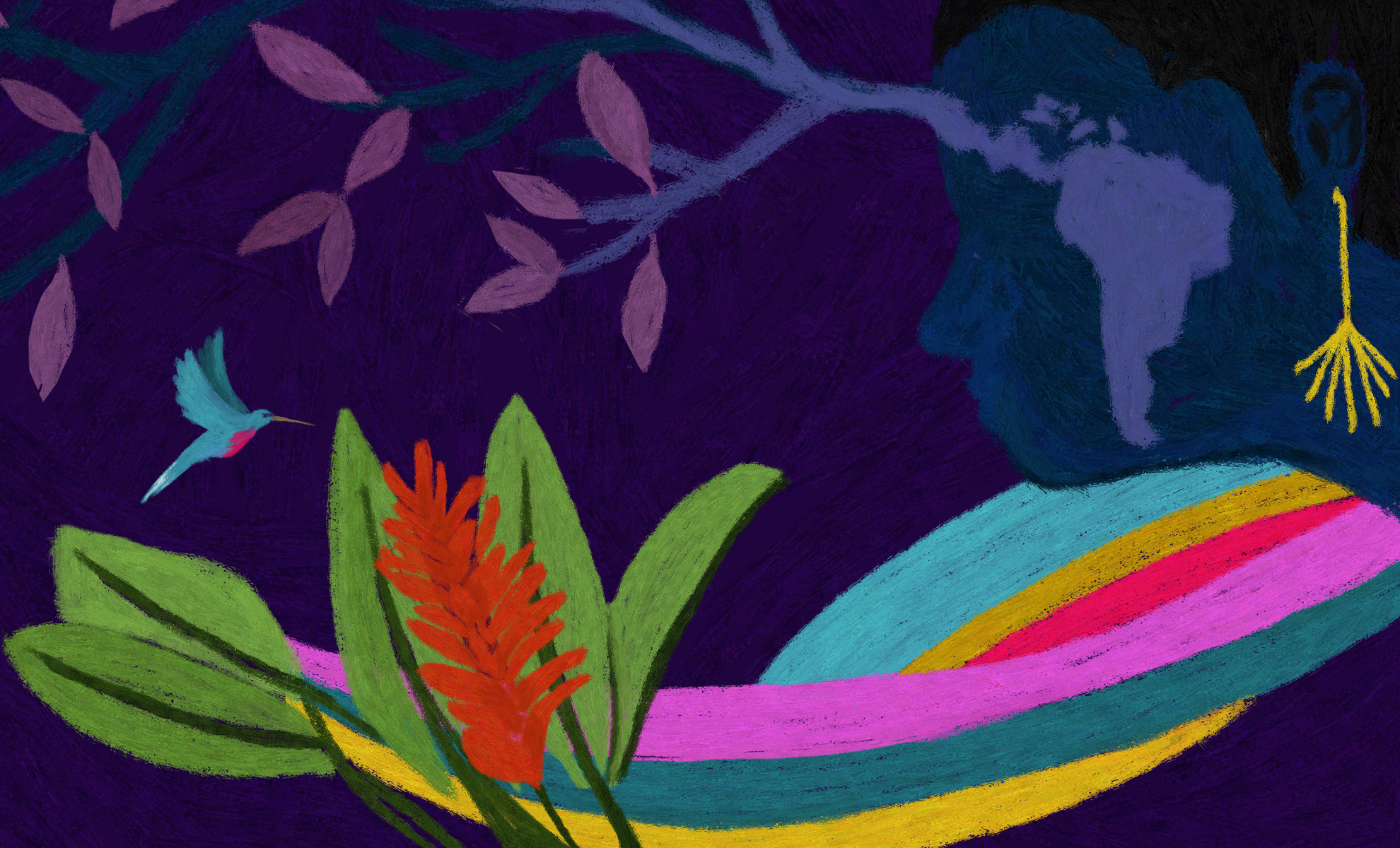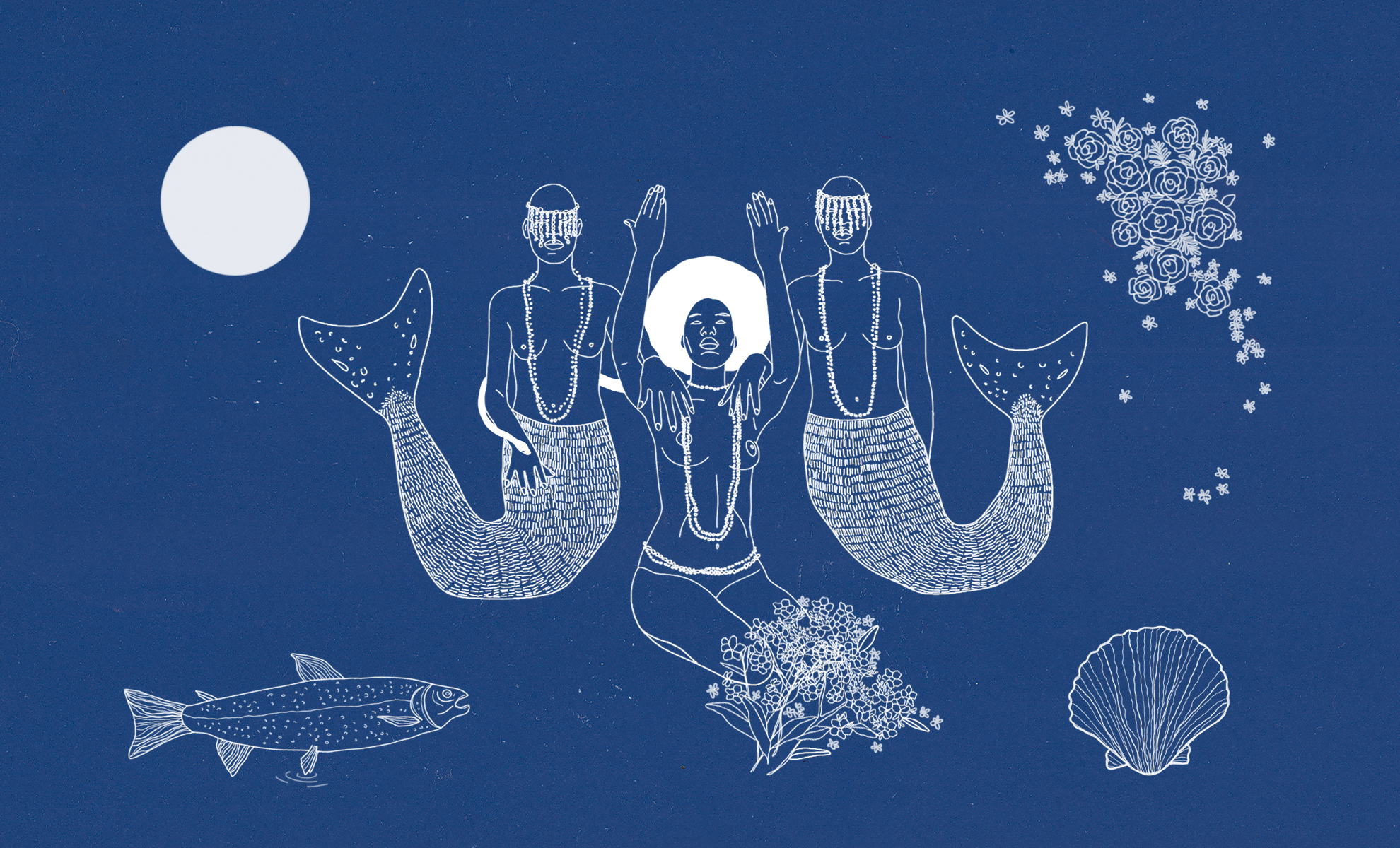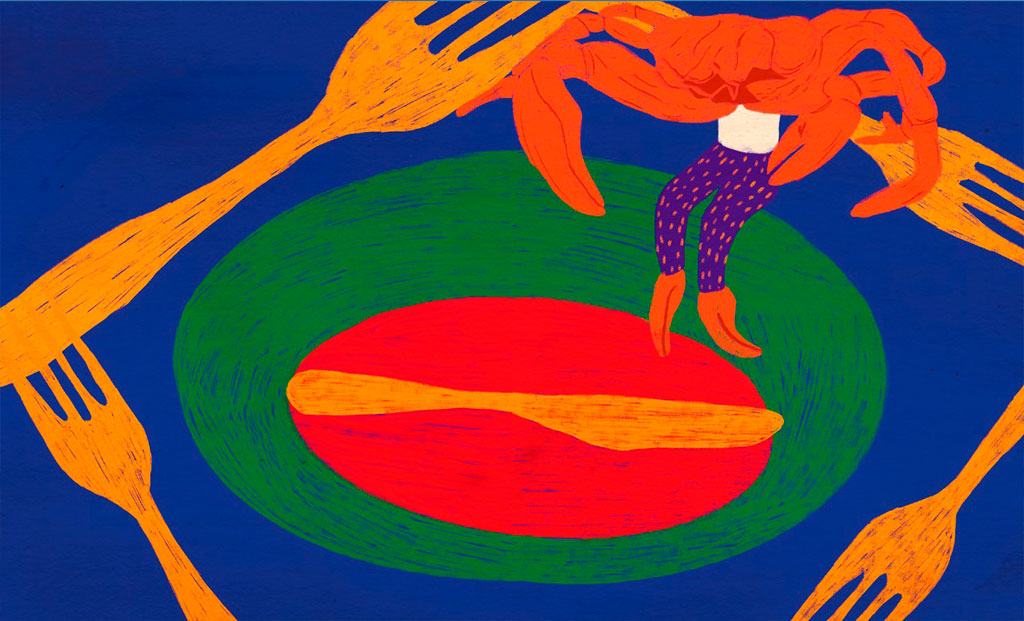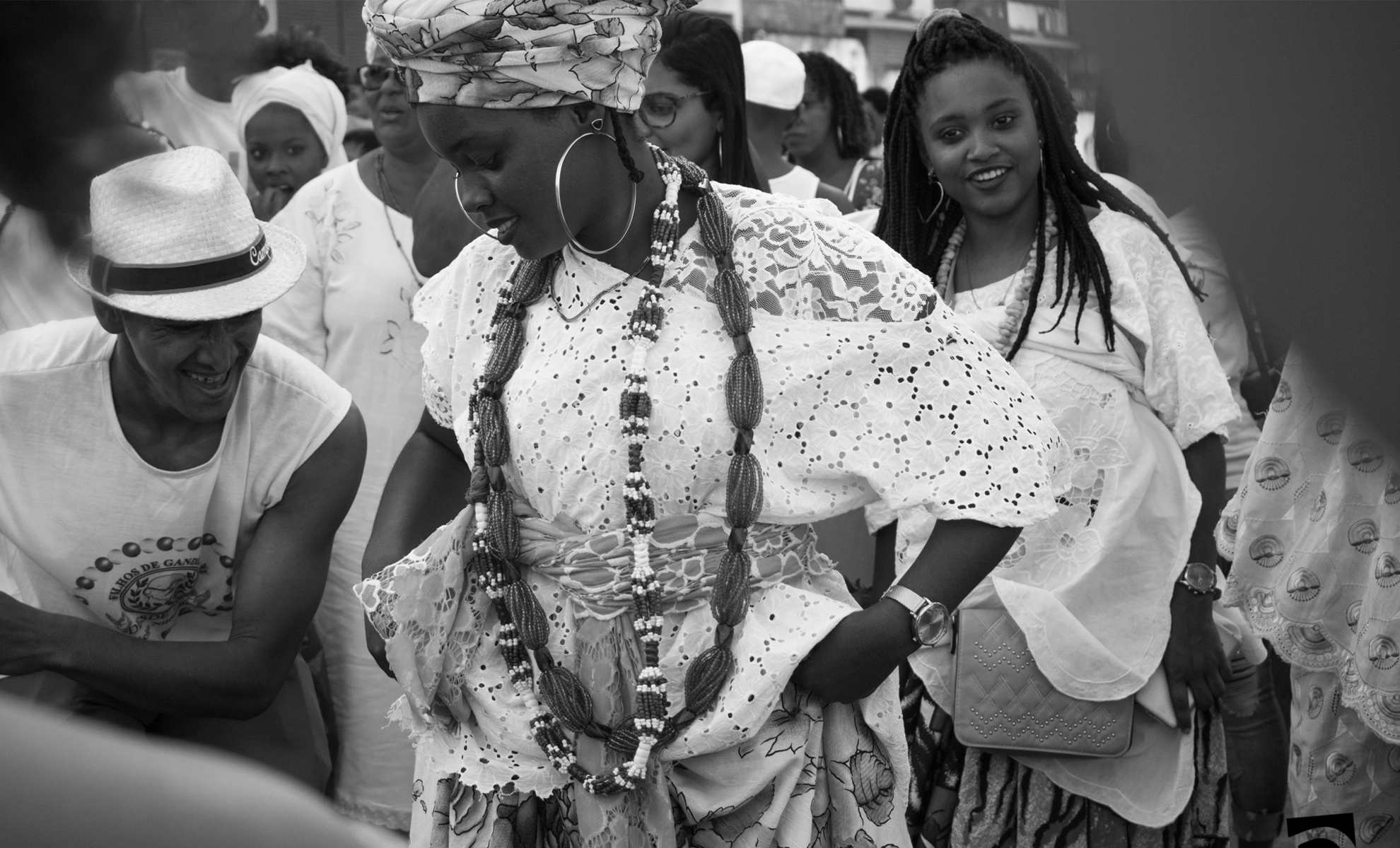



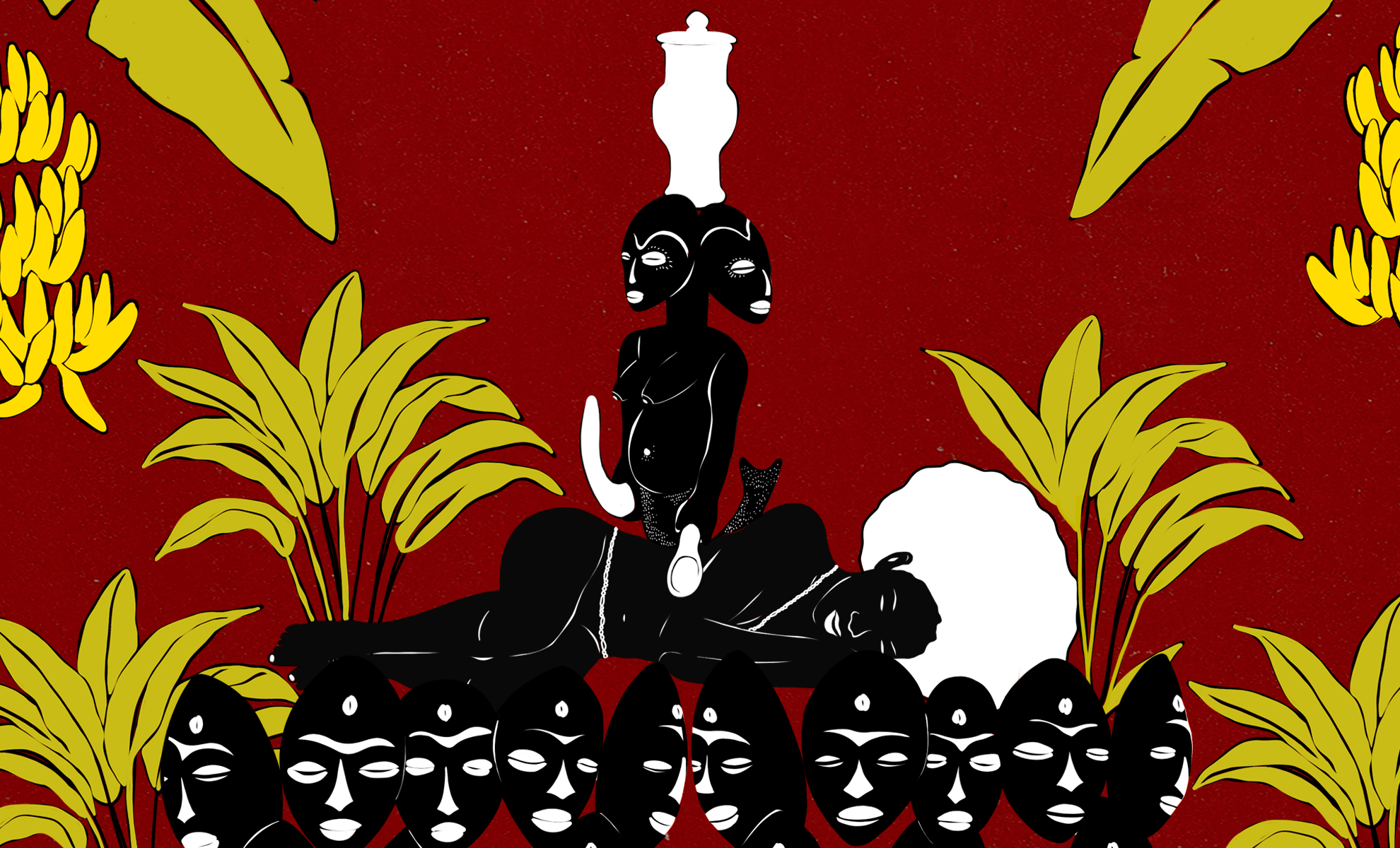
Memory is a fundamental tool in consolidating the references of the political agenda for race and gender equity. The month of July marks this moment that focuses on the propositional actions of Black Brazilian women to confront the structural racism that operates through all the violence to which they are still subjected.
Ibirapitanga invited Valdecir Nascimento, executive coordinator of the Odara Black Women’s Institute, for a conversation about the movement’s origins surrounding the International Day of Black Latin American and Caribbean Women and the National Day of Tereza de Benguela.
Odara emerged in 2010 as a Black and feminist organization focused on the empowerment and autonomy of Black women. Its mission is to combat racism, sexism, lesbitransphobia, and related forms of oppression to defend freedom, independence, and the good life.
In the conversation, the historian narrates a timeline starting with her career and her relationship with the Black movement in Brazil, her displacement to the Dominican Republic in 1992, and the construction of the framework for the struggle of Black Latin American and Caribbean women.
Ibirapitanga: How did you start participating in the Black women’s movement, and what is the primary meaning of your activism?
Valdecir: I was a church youth in my community, so my childhood was permeated with several church-related activities. At one point, we thought we should coordinate a group of Black Christians with the local priest. We wanted to give the church trouble since we knew that the institution shared some responsibility, especially regarding what happened to the Black population. The Curia did not approve our proposal for a Black Christian group; coincidentally, the priest introduced me to the people from the Unified Black Movement (Movimento Negro Unificado, MNU).
No sooner had I joined the MNU than I could tell the role of men and women. We started to think about our organization to create a specific group of women from the MNU, and from then on, I took up the fight for Black women’s autonomy because I come from a place where women are the starting point.
My mother raised me with this mindset of women’s autonomy, and that’s where I come from; this is the concept that propels me—the fight for the liberty of women who think what they want and make things happen. I don’t believe that a revolution in Brazil will be triggered by white or Black men.
I remember that at the end of the 1990s and into the 2000s, we used to say: “the future will be Black, and we Black women will be in charge of that future. That was in 1998, and we had no idea that we would build a movement like the one we have in Brazil today, where Black women are the ones who set the tone. Even though we are subordinated to the overarching organization, where the apparent emblem is the male figure, we women are the ones who make the day-to-day possible. Today we are the most significant political force in the country!
Ibirapitanga: This month, we will celebrate July 25, the International Day of Black Latin American and Caribbean Women. The mobilization that led to the creation of this date was defined in the First Meeting of Afro-Latin American and Afro-Caribbean Women held in 1992 in Santo Domingo, and you were present. Can you tell us a bit about what that meeting was like? What did it represent, and what were the main characteristics from the perspective of the historical struggle of the Black women’s movement in Brazil and the region?
Valdecir: We decided on our process in the wake of the protest of the celebration of the 500th anniversary of the “discovery” of the Americas. We were referencing our stance against the European colonization that implied the exploitation of African and Indigenous peoples. Santo Domingo, the capital of the Dominican Republic, was the first place where the pillaging Europeans arrived and were the springboard for organizing Latin American and Caribbean Black women. We needed a broader fulcrum to debate the intersection between racism and sexism in all contexts of feminism. The meeting was fruitful because we could discuss Black women’s demands. We discussed sexual orientation, the idea of family, maternity and paternity, political representation, sexual reproductive rights, and the difficult situation in Haiti. In other words, the meeting was held to take stock of the existential crisis of Black women in Latin America, the Caribbean, and the region.
The final stroke of the meeting was setting a date that would give all of us in this region a marker to sit down and reflect on the uprising in the repudiation of the European invasion of the Americas. The meeting culminated in a large march of Black women in Santo Domingo, followed by a big concert by local women performers.
That day was the milestone of the meeting, and that is the connection to the date, July 25. There was no other reference point for choosing that day; in fact, we generated a historical date to discuss ourselves.
Ibirapitanga: The creation and work of Odara have been of great importance for strengthening the actions of Black women in the Northeast of Brazil and guiding the antiracist movements in this region. What is your take on Odara’s contribution in this sense? What issues need to be advanced for Odara and other activities in the Northeast to gain visibility beyond their geographical boundaries, from an institutional perspective, in Southeast Brazil, for example?
Valdecir: Odara is the result of many experiences that matured its political views regarding Brazilian society. The Institute has become an umbrella for other organizations that have established themselves in a powerful consortium for advocacy in community.
We have our format as we focus on the idea of the radical. The radicalism of Black women and Black lesbians is present in the organization. This was fantastic because Odara is a quality of Exu, Exu being the god who links us to our ancestors. So, it is a very inspired organization, and I attribute its configuration to the figure of this Orixá who embraces us and says, “come, we will hold you, we will take you.”
As a movement, we are responsible for fostering the emergence of organizations and networks throughout Brazil. But we also need to ensure the autonomy of these movements. We do not need to bang our heads in search of the blessing of Rio de Janeiro and São Paulo, which would be violent because it generates a subordinate relationship. At the very least, we need a national political plan that believes that a revolution can only come about by autonomous men and women. Subordinates do not lead a revolution, nor do those who live off alms.
Only those who are autonomous, who are political subjects, can lead a revolution, and we need to train women to be autonomous, otherwise, we will be swallowed up.
My constant concern is how we can forge an autonomous movement, and that is what Black July is all about; everyone does what she wants. Some people want to have a conversation circle; others do slam. We don’t define what the subject or the organization is going to do.
Ibirapitanga: Odara came up with the idea of and organized the Black Women’s July campaign. It is an excellent example of this movement that the organization is carrying out to bring racial and gender issues from the Northeast to all of Brazil. Tell us a little about the goals of creating this campaign and how it has developed over the years.
Valdecir: July 25th is a date that contests a story of colonization and tells the world, “we want to say why we are here.” Even though it was a milestone in the struggle and advocacy of Black women in the field of the feminist movement, cities reacted to the importance of the movement with ceremonies that made no change in the lives of Black women, such as tributes and medal awards. In 2013, we sat down at Odara headquarters along with others in the cultural sectors and motley organizations to discuss what we would do in the month of July so we could claim another place for political advocacy and point out the issues of Black women. Odara’s communications coordinator Naiara Leite came up with the name Black Women’s July. We had already made a space for ourselves through the Office for the Promotion of Equality of the Government of the State of Bahia (SEPROMI), with the so-called “Women’s March,” where the entire month of March is dedicated to focusing on women’s issues. That is where we came up with the idea for “Black Women’s July,” which expanded into a political advocacy strategy for Black women and gained traction in Brazil.
This year we agreed with the Northeast Black Women’s Network to do joint actions to centralize the debate we want to hold in the country. The Brazilian Northeast is not just about hunger: it has a lot of strength and potential, and we cannot, as the Brazilian Black movement, think that the experiences of the states of Rio and São Paulo are the same as those of Bahia, Pernambuco, Ceará, and Maranhão. There are Blacks there and Blacks here, but they are not all the same. We don’t have the same experiences and culturally, we weren’t brought up in the same place, so it’s no use imagining that what works there, works here, too.
Therefore, we defend a political action that is intimately tied to local needs so that we can say what we want to say from a place where we think about the world. We want the world to move by taking our existence into account.
Black Women’s July is not a party, it is political advocacy, and we are defining the nature and type of advocacy we will do in the region and we need to strengthen it more and more. The nine states of the Northeast of Brazil are mobilized. In all, we are connected to a group of more than 40 organizations, which are the product of growing our network through our advocacy.
Black Women’s July is our beacon to transform the world through the political influence of Black women.
Ibirapitanga: Diversity is a major item on the Odara’s agenda, one of the most notable organizations championing the rights of lesbian, bisexual and trans women, in an intersectional with the issue of race. What are the main challenges of this approach right now, in general and more specifically in antiracist movements?
Valdecir: Just over than six months ago we started a group of LBTs that meet to talk about ourselves, about our experiences, experiences of being Black trans, Black lesbian, and Black bisexual women. We needed a specific place to do this, because in the general activism we do not touch on these issues and subjects.
The Black movement has a very hard time discussing gender issues. And I am speaking in the general sense, because straight Black women are subordinate in the movement, and this empowers Black men. Not much has changed, and if it is backward in that field, imagine in the others.
I don’t know of any trans men in the Black movement, for example, because there is are no spaces that welcome them. But you will find Black trans women in our movements. Diversity is a discourse, it is a concept, but it has yet to reach the core of the general movement and the parties.
The trans women elected in the parties are all the women slipped through the cracks and all got elected in parallel. None of them got elected because the party came up with a strategy and invested in them. They all had “surprise” or “fluke” victories as Black women are also flukes and Marielle was also a fluke. So, none of these processes were thought out and coordinated, now with the new support we will be able to reflect, think and build more organized processes.
Ibirapitanga: The Brazilian Black women’s movement is very present in international activism on gender and race. In 2021, the Third World Conference against Racism, Racial Discrimination, Xenophobia and Related Forms of Intolerance, or the Durban Conference, promoted by the UN, will be 20 years old. How did Black Brazilian women participate in this process and what were the main outcomes of this advocacy in the public debate on the issues of race in the country? What kind of repercussions has this process had 20 years later?
Valdecir: Durban became the window that opened and shed light on Brazilian Black women as political subjects to carry out activism not only at the international level but also to put pressure to get specific crucial issues for the antiracist struggle in Brazil on the agenda. Some organizations, such as Geledés and Criola, played a strategic role in the mobilization that propelled the Articulation of Brazilian Black Women’s Organizations (AMNB) in monitoring public policies agreed to in Durban, which undertook qualified advocacy before the offices in charge of promoting racial equality.
Qualified advocacy made it possible to monitor the Ministry of Health regarding the implementation of the National Policy for the Health of the Black Population and the set of demands that were agreed to in the conference. Twenty years later, my assessment is that Brazilian structural racism has successfully limited the advance of public policies to quotas in universities and public services. Brazil fulfilled approximately 70% of what the Durban declaration called for, but if we look at it in practice, there was little investment. We have a national system for promoting racial equality that doesn’t work and offices for promoting racial equality that is built on sand.
But when we evaluate the data more carefully, we notice that the Black movement has been victorious, insofar as a lot was produced and systematized to show that Brazil is a racist country; we gained expertise that would benefit the rest of the world or Latin America and the region on how to collect and process data.
In practice, despite all the efforts made by the Black movement and its capacity for pressuring the system, the Brazilian State has not yet absorbed the way we, the Black movement, want the policy of promoting racial equality to be.
Ibirapitanga: In 2019, Odara developed the Beatriz Nascimento Black Women’s Activism School with the support of the Ibirapitanga Institute and had cohorts in 2020 and 2021. Tell us a bit about the main effects of this initiative and its connection to the present political and socioeconomic context.
Valdecir: The Beatriz Nascimento School is an initiative that focuses on political education so that our youth do not repeat historical processes forged by the Black movement without grounding or with distorted information.
If we have a generation that is sharp enough to navigate social media today, it is necessary to feed this generation with convincing information so that we do not serve as “court jesters.”
Therefore, the Beatriz Nascimento School aims to empower young Black women to act in their communities, discuss racism and defend rights that produce gains for the struggle. The School proposes to be a space for reflecting upon and piecing together the historical process of the strategies created by the Black population, intellectuals, and activists, thus building up strategic content that moves us into the future.
Our second cohort, the class of 2021, is leaner but improved, because we included the perspectives of organizations and the feedback from conversations circles that considered the thinking of everyday Black women so that the students could spot their leaders.
As a final project, all participants build an advocacy project in their community. The idea is to support anyone in their quilombo that wants to set up an association, debate a topic, and find out how to raise funds, adding fundraising to the training curriculum. We rely on limited funding from the Ecumenical Service Coordination (CESE) to support these projects.
It is not an academic school. It is a school for those with one foot in academia and another in the movement, or those with both feet in the movement. We designed it this way because it is necessary to value how we produce knowledge and imprint the movement’s purpose in Brazilian society. The academy’s view of society is different from that of the movement.
Each participant acquires a look at Brazilian society from her place as a Black woman, which dialogues with the various reflections that may be at the center of the new narratives about women and the Black population and in the conversation circle about the model of society where we will discuss our well-being as the core of our political project. So it’s looking at this context that we live in, the situation that our nation is in, and saying, “it’s no good, it’s hostile, what model do we want?” Looking at the history of all Black women and society and questioning whether it is possible to live in it and what opportunities are there for growth. So, the School is wholly connected because it is a tool for the political activism of Black women. It cannot be distant; it is inserted and needs to build tools to confront this society.






